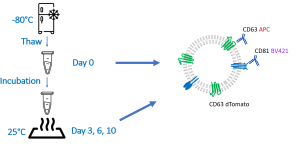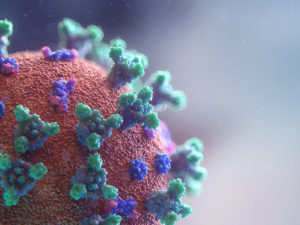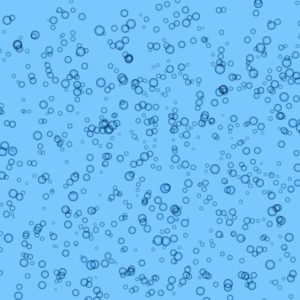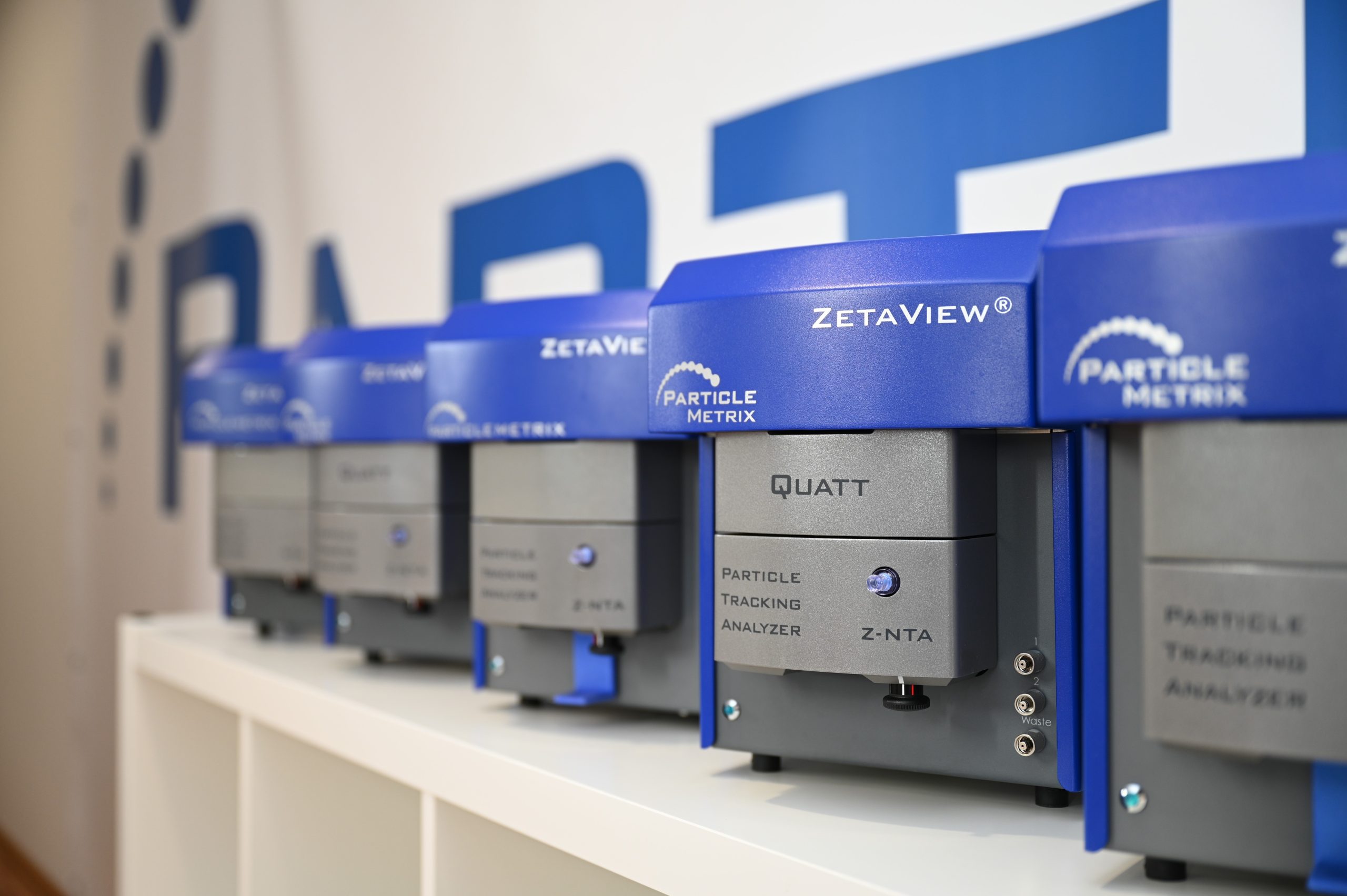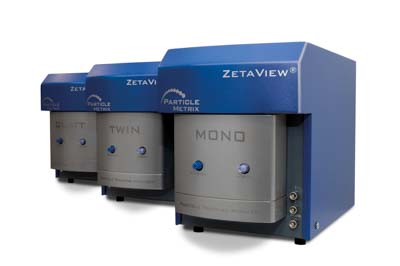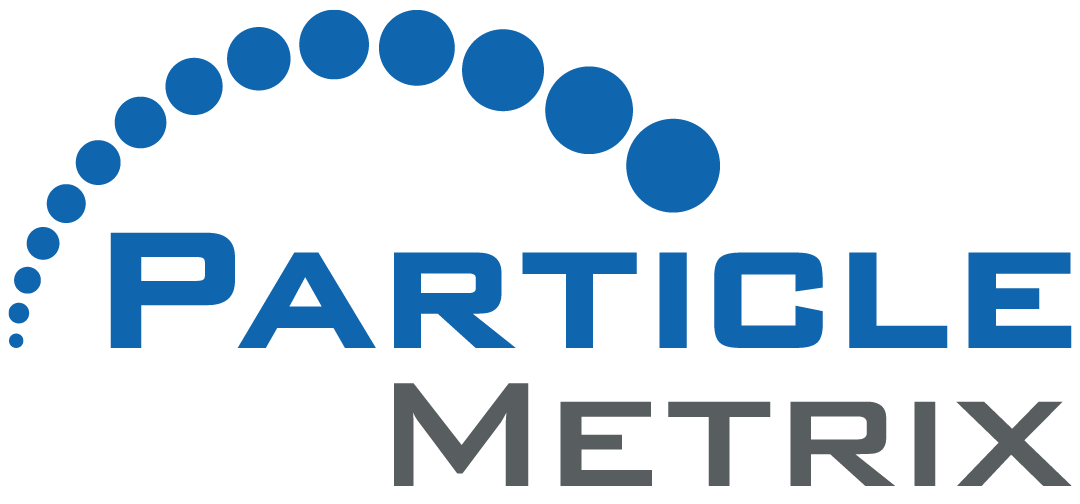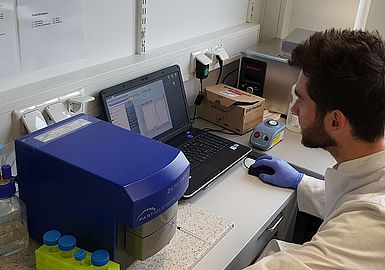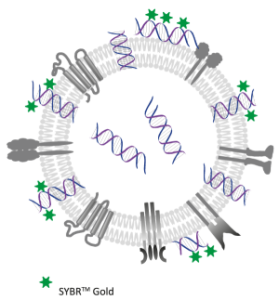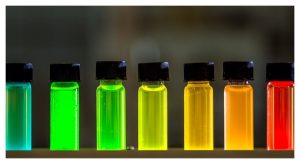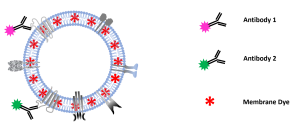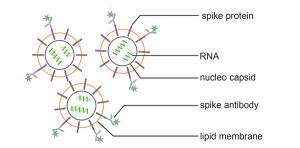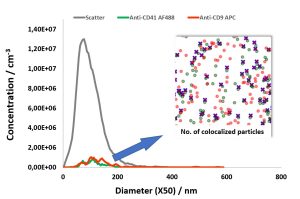The research of Dr Bernd Giebel’s working group on Developmental Biology of Stem Cells includes the study and characterization of extracellular vesicles (EVs) in the Institute for Transfusion Medicine at the University Hospital of Duisburg-Essen.
For this work, Dr Giebel selected the ZetaView from Particle Metrix GmbH. A leading scientist in the study of EVs, Dr Giebel has published a number of papers where he has worked on the sizing of EV fractions including exosomes and microvesicles. He has compared different techniques including nanoparticle tracking analysis, flow cytometry and transmission electron microscopy. There are positives and negatives for each of the techniques. For example, data may be skewed to either higher or lower values than the “real” size values. This may come from artefacts of the measuring method or from the effect of sample preparation. Dr Giebel has collaborated with Particle Metrix to improve and develop characterisation methods for EVs. This has included the development of a fluorescence mode. So, now for routine screening, Dr Giebel chooses the ZetaView in his laboratory. He particularly likes the measuring regime which takes eleven averaged measurements over a large field of view making his results more representative.
His publications in this field date from 2011 when writing with Sokolova1, he compared different nanoparticle measurement techniques, scanning electron microscopy (SEM), dynamic light scattering (DLS) and nanoparticle tracking analysis (NTA). With the advent of ZetaView, Dr Giebel reported all his NTA measurements based on the new machine in an applied publication “Extracellular Vesicles Improve Post-Stroke Neuroregeneration and Prevent Postischemic Immunosuppression2.” This is a good illustration of Dr Giebel’s overall research goals which are to find new therapeutic approaches for nanoparticles. The 2016 review paper in ACS Nano3 further supports his belief. In a publication co-authored by scientists from 37 European institutes, recent research has demonstrated that all body fluids assessed contain substantial amounts of vesicles that range in size from 30 to 1000 nm and that are surrounded by phospholipid membranes containing different membrane microdomains such as lipid rafts and caveolae. The most prominent representatives of these so-called extracellular vesicles (EVs) are nanosized exosomes (70–150 nm), which are derivatives of the endosomal system, and microvesicles (100–1000 nm), which are produced by outward budding of the plasma membrane.
Once again, the ZetaView has been demonstrated to be ideally suited to rapid and accurate tool for the measurement of EVs. ZetaView allows the measurement of quantitative information on the number of particles in a particular preparation as well as basic physical information (i.e. size and zeta potential).
